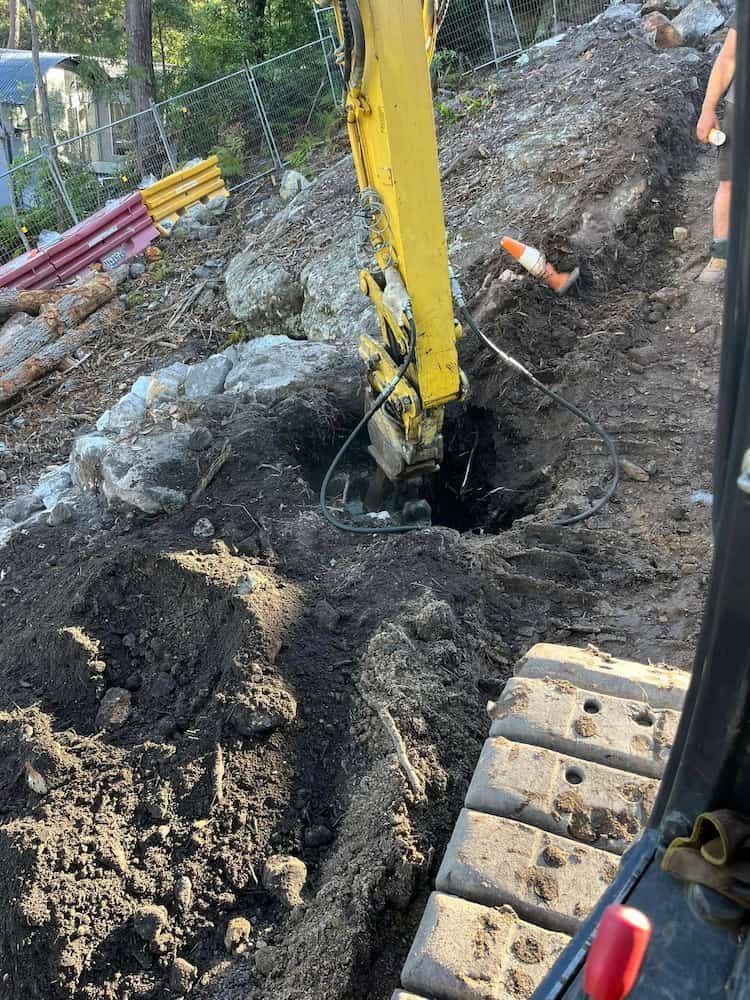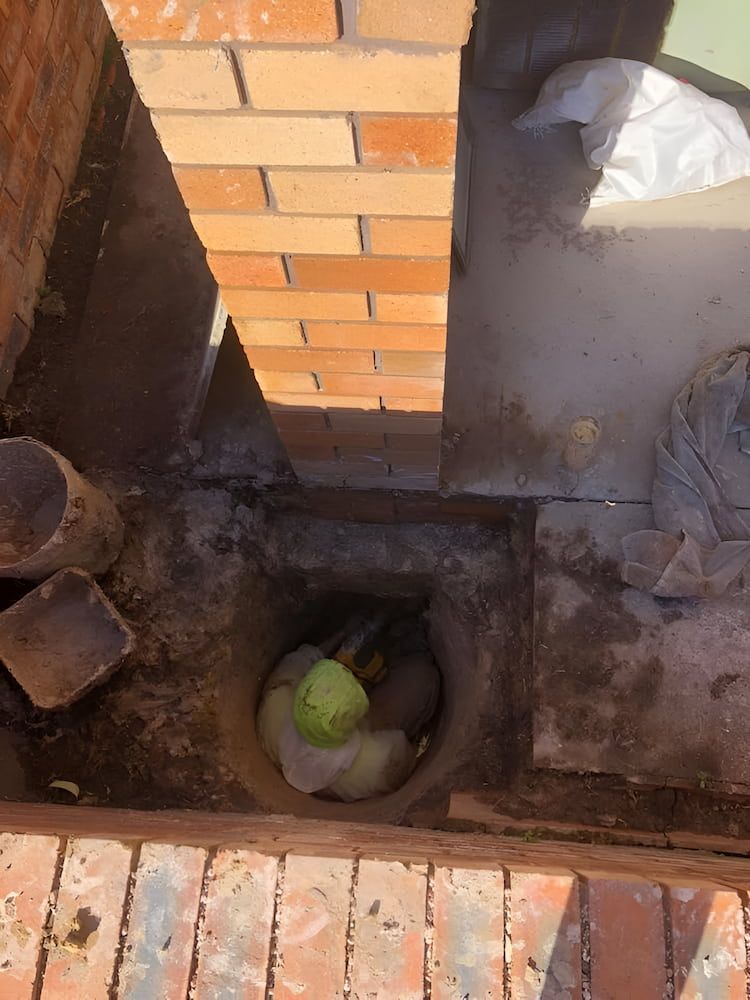Septic Excavation in Shoalhaven
- Local team, honest service
- Quality work, no shortcuts
- Fully licensed and insured
Request a Call Back
Thank you for contacting BeCivil.
We will be in touch soon.
Please try again later.
Shoalhaven Septic Excavation
One wrong depth or an uneven base can throw your entire septic install off track. BeCivil provides precise septic excavation throughout Shoalhaven, digging clean, well-shaped holes that match tank dimensions and meet all the right specs. Whether you're building a new home, replacing an old system or working on a rural block, we handle the groundwork with care—ensuring the install goes ahead without delays or rework.
Our crew services Nowra, Ulladulla, Huskisson, Vincentia, Tomerong, Berry and Bomaderry, working closely with plumbers, tank suppliers and builders to prep sites efficiently. We also allow for access, backfill and system layout—so the job flows from start to finish.
Reach out to us at BeCivil on
0412 238 254 for dependable septic excavation services across Shoalhaven.
Accurate Digs for Reliable Septic Installs
Septic tanks need a stable, level base and a hole that matches the shape and size of the unit being installed. We dig with accuracy and keep the sides neat to minimise backfill gaps or uneven pressure once the tank is in place. It’s not just about depth—it’s about getting the width right, leaving room for proper connections and allowing clear access for the install team.
We also consider soil type, water table levels and drainage direction—especially important on sloping or clay-heavy blocks. If the hole requires reinforcement, sloped walls or additional shaping for a pump well or trench system, we take that into account during the excavation.
Our goal is to get the site ready in one go so your plumbing contractor can complete the job smoothly.
How deep should a septic tank hole be?
Most domestic septic tanks sit 1.5 to 2 metres below ground, depending on the tank’s height and the fall needed for gravity-fed pipework. The hole must also be wide enough to accommodate the tank and any bedding material, such as sand or gravel.
Specific depth and dimensions depend on the tank model, soil conditions and the site’s layout. Your installer usually provides a diagram or excavation guide.
Do I need to prepare anything before excavation begins?
Yes—before digging, it’s important to confirm the exact tank location, check council permits, and locate underground services using a service like Dial Before You Dig. Clear access to the excavation site is also essential for machinery and tank delivery.
If the area is sloped or wet, additional prep like drainage trenches or ground shaping may be required.
Can septic tanks be installed on sloped blocks?
They can, but the system design may be more complex. Sloped blocks often require stepped trenches, pump wells or additional backfill to level the tank base. Drainage is another key factor—water should flow away from the system, not toward it.
Excavation must be carefully planned and shaped to suit both the tank and the terrain. Proper compaction is critical to avoid tank movement after heavy rain.
Is backfilling around a septic tank important?
Absolutely. Backfilling stabilises the tank and prevents movement, collapse or damage. It’s important to use suitable fill material—often a mix of sand and compacted soil—and apply it evenly in layers around the tank.
Poor backfilling can lead to settling, leaks or broken inlet/outlet pipes. Contractors usually finish this step once the tank is placed and connections are secure.






